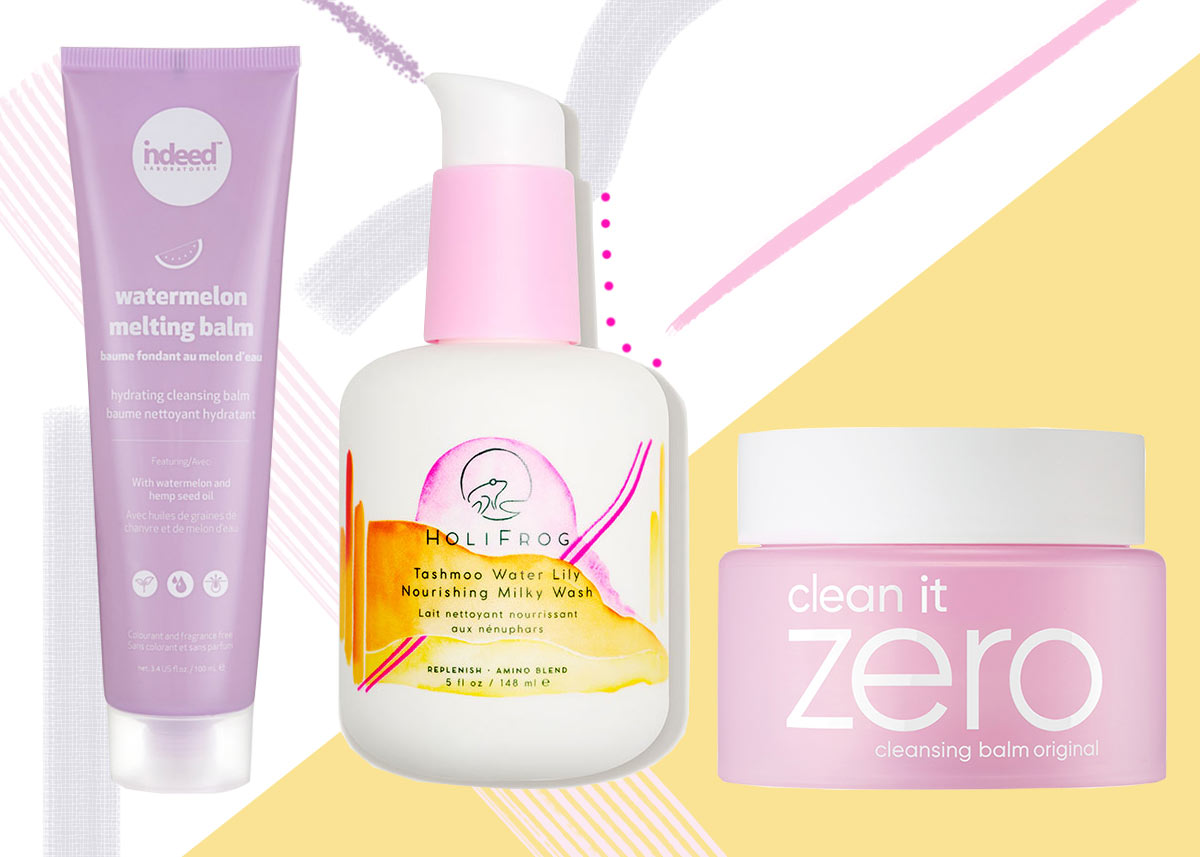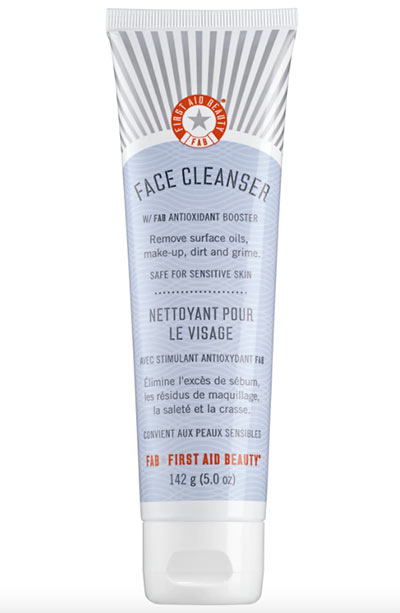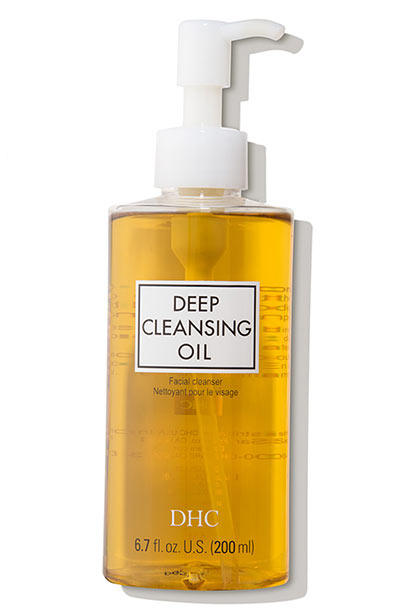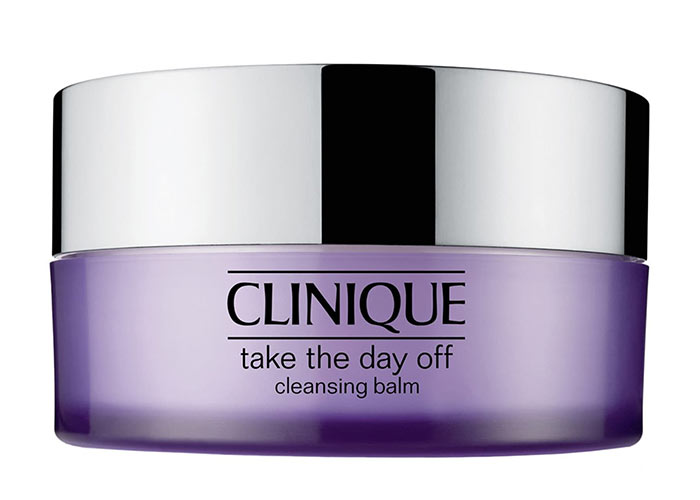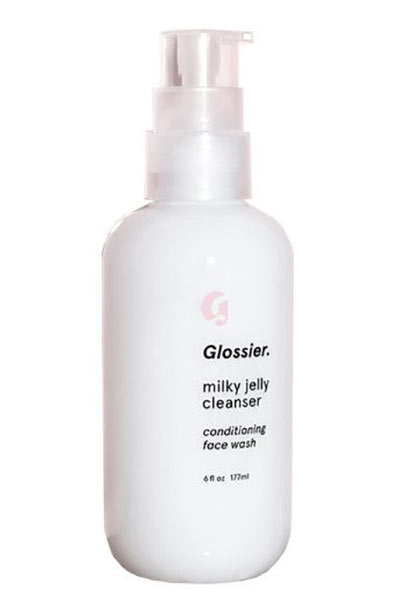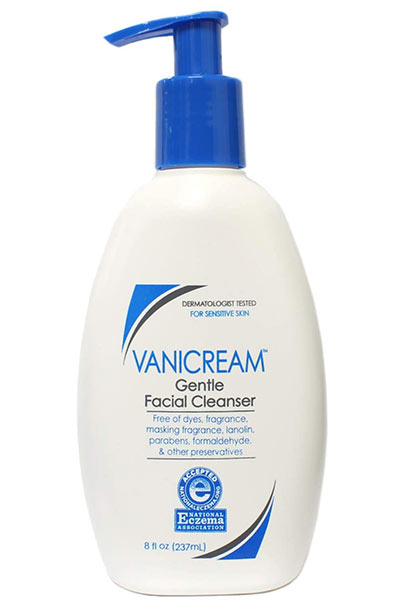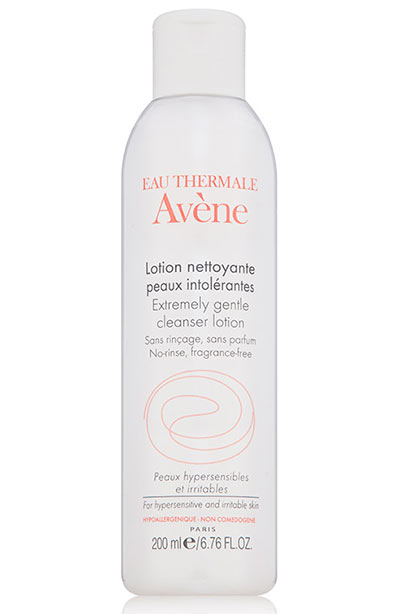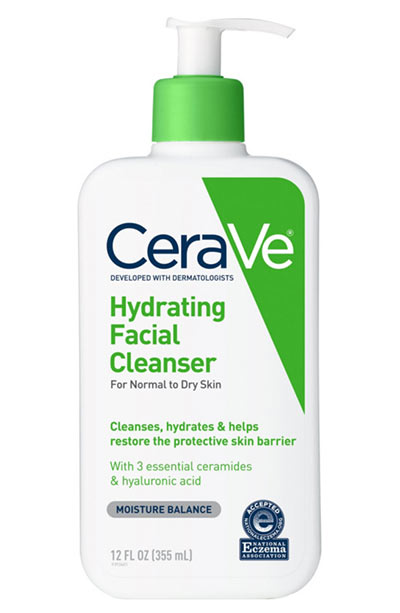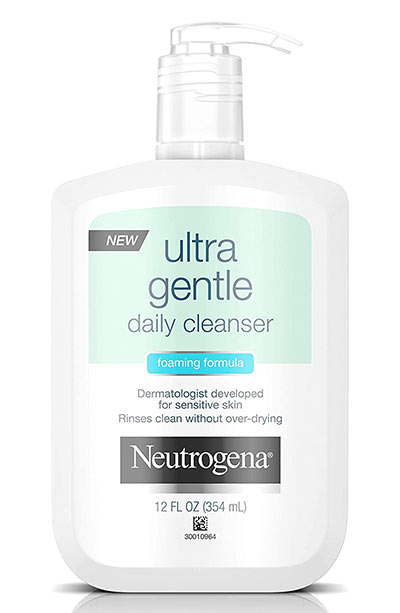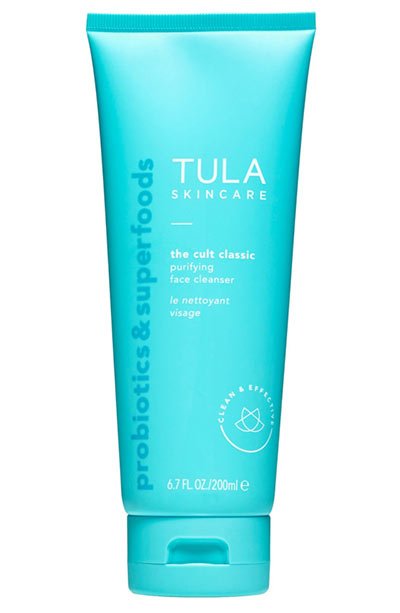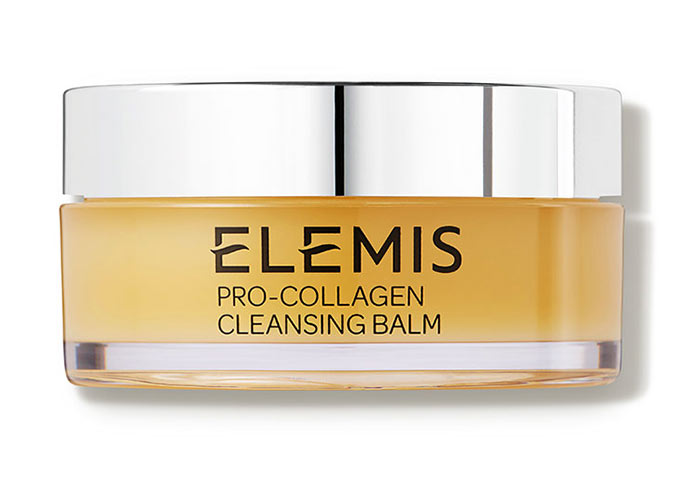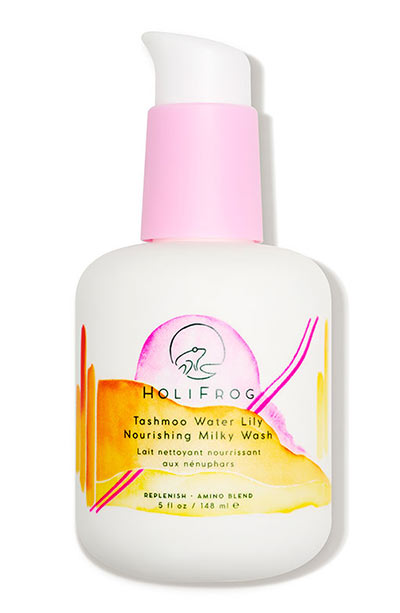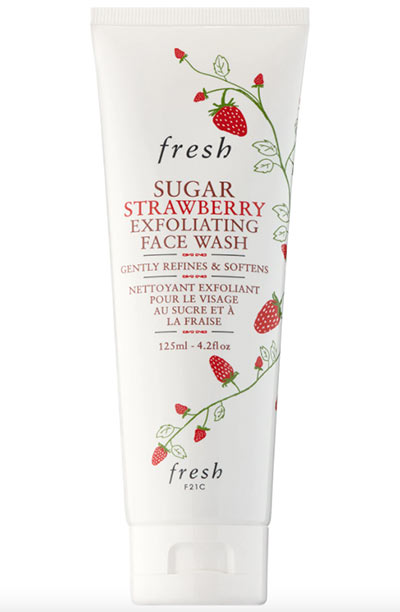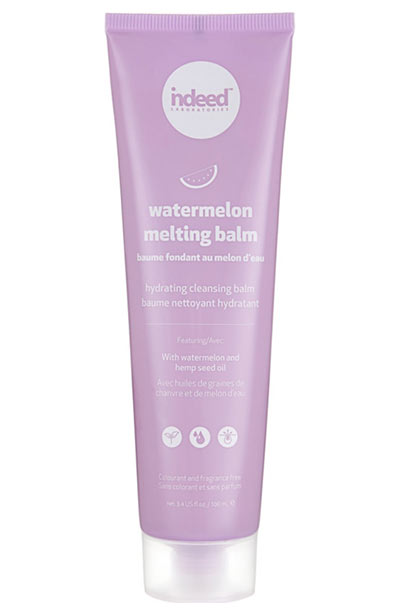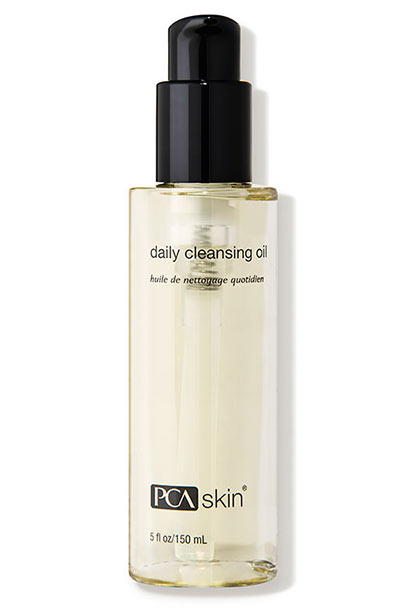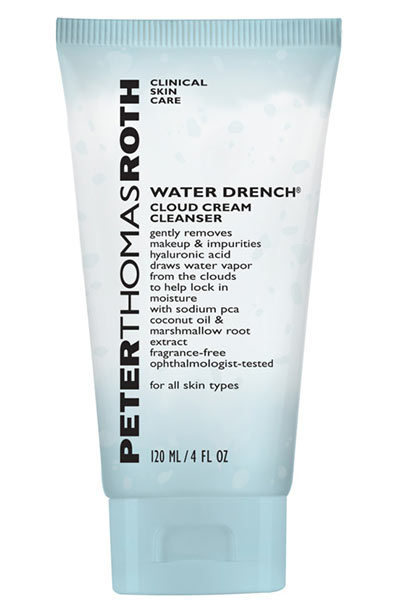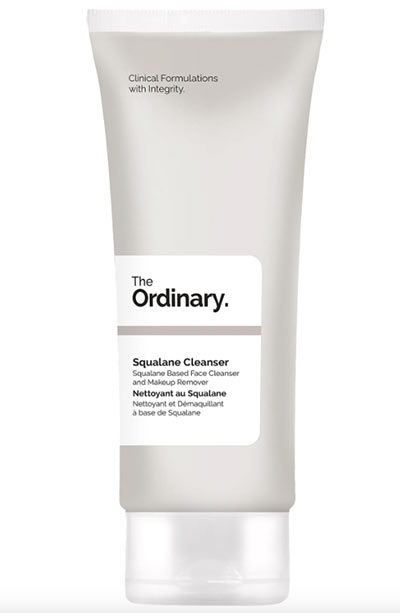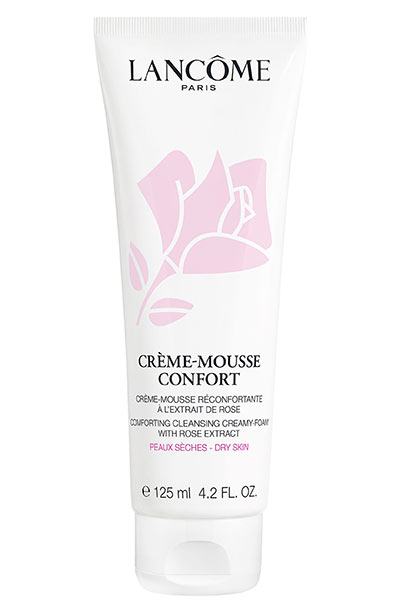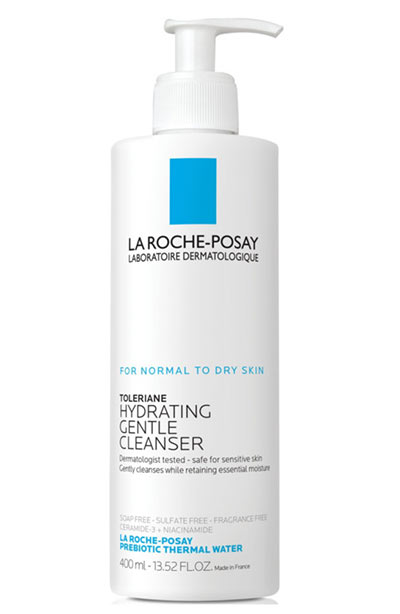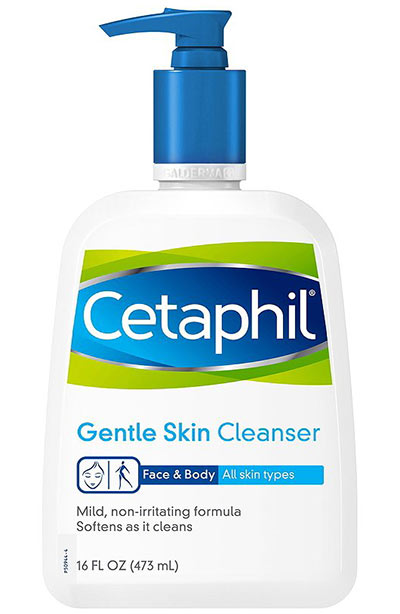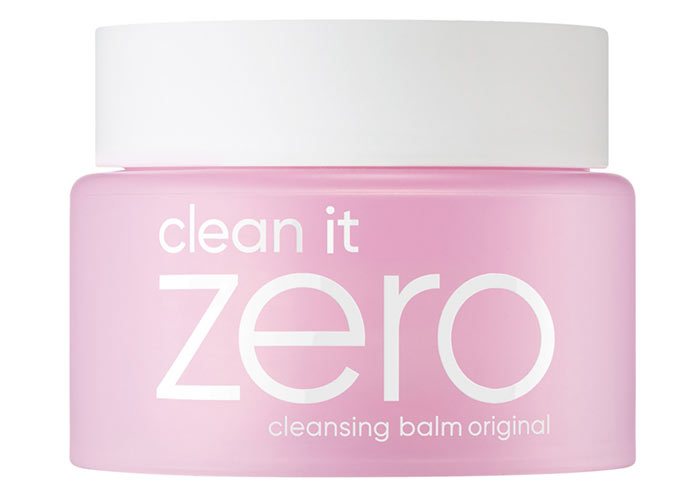Finding a face wash for dry skin can be challenging. More often than not, cleansers strip the skin of moisture, so if you’re already starting out with dry skin, the wrong one can leave you totally parched. However, skincare brands are wising up and starting to release cleansers made with moisturizing ingredients to leave dry skin more hydrated than it was before.
In addition to having a great moisturizer and maybe a few other hydrating steps, having a nourishing cleanser is key for keeping your skin in good shape. That’s why we’ve selected the best cleansers for dry skin that are available online. If you can’t choose a favorite from our list, we also included a handy guide that’ll explain what to look for in a face wash for dry skin, along with tips on how to actually use one!
Best Face Washes for Dry Skin Overview
- Best Overall: First Aid Beauty Pure Skin Face Cleanser
- Best for Double Cleansing: DHC Deep Cleansing Oil
- Best Cleansing Balm: Clinique Take the Day Off Cleansing Balm
- Best Two-in-One: Glossier Milky Jelly Cleanser
- Best Budget: Vanicream Gentle Facial Cleanser
- Best for Sensitive Skin: Avène Extremely Gentle Cleanser Lotion
- Best Hydrating: CeraVe Hydrating Facial Cleanser
- Best Foaming: Neutrogena Ultra Gentle Daily Cleanser
- Best Probiotic: Tula The Cult Classic Purifying Face Cleanser
- Best Nourishing: Elemis Pro-Collagen Cleansing Balm
- Best Milky Formula: HoliFrog Tashmoo Water Lily Nourishing Milky Wash
- Best Exfoliating: Fresh Sugar Strawberry Exfoliating Face Wash
- Best for Removing Makeup: Indeed Labs Watermelon Melting Balm
- Best Cleansing Oil: PCA Skin Daily Cleansing Oil
- Best Moisturizing: Peter Thomas Roth Water Drench Cloud Cream Cleanser
- Best for Pores: The Ordinary Squalane Cleanser
- Best K-Beauty: Peach & Lily Power Calm Hydrating Gel Cleanser
- Best Creamy Formula: Lancôme Crème Mousse Confort Creamy Foaming Cleanser
- Best Lightweight: La Roche-Posay Toleriane Hydrating Gentle Face Cleanser
- Best Old-School: Cetaphil Gentle Skin Cleanser
- Best K-Beauty Cleansing Balm: Banila Co Clean It Zero 3-in-1 Cleansing Balm
Our Picks of the Best Face Washes for Dry Skin
From balm cleansers to cleansing oils, find the best face wash for dry skin below in the perfect formula you like!
How to Choose the Best Cleanser for Dry Skin?
Before getting into what you should look for in a cleanser for dry skin, let’s talk about what it means to have dry skin. Dry skin is a skin type that doesn’t produce a lot of sebum, which is the technical term for the oil that human skin generates.
Those with dry skin, especially in their youth, will have smaller pores (though as you age, the pores may become a little larger), so that’s the first thing to look at when trying to consider if you have dry or oily skin.
Otherwise, it’s a simple question of how shiny your skin becomes throughout the day. If your skin never gets shiny, greasy, or dewy on its own, then that’s a sign of dryness. There are also some unpleasant symptoms that can occur with dry skin, like tightness, flakiness, dullness, a higher tendency to turn red or irritated, and increased likelihood of getting dehydrated (which means losing water from the skin).
By the way, if your skin gets shiny and greasy, but you’re also dealing with flakiness or that uncomfortable tight feeling, then you probably have dehydrated oily or combination skin.
Best Types of Cleansers for Dry Skin
The best face washes for dry skin usually fall into one of these three categories: creamy cleansers, oil cleansers, balm cleansers, and gel cleansers.

Cream or Milk Cleansers
Cream and milk cleansers have a texture that’s very reminiscent of a moisturizer, and, in fact, they’re actually formulated in a way that is very similar to a typical moisturizer. They are rich in ingredients called “emollients” that fill in gaps in the top layer of skin, which makes the skin stronger and more resistant to external damage and also makes it feel smoother.
Those emollient ingredients are also not bad at breaking down impurities, including oils, dirt, and sweat. They can also break down makeup, although they’re sometimes not as effective as oil or balm cleansers.
Thankfully, cream cleansers still include surfactants, which are ingredients that force oils to bind to water. Surfactants help the cleansers break down makeup a little better, and they also make it possible for the cleanser to rinse away with water. They work best when applied and massaged over dry skin and then removed with water.
Oil Cleansers
Next on our list are oil cleansers, which look like straight-up oil in a bottle at first glance. These cleansers rely on oils to break down makeup, dirt, and everything else, and they do a very good job of it while also moisturizing the skin. Almost all oils used in skincare have emollient effects, but some of them also act as occlusives, so they prevent water from evaporating from the skin, which combats dehydration.
Like cream cleansers, oil cleansers are also made with a few surfactants, so after they’re massaged over dry skin, they can be rinsed away with water. Sometimes they’re a little more stubborn, however, which is why people sometimes like to follow them up with foaming cleansers.
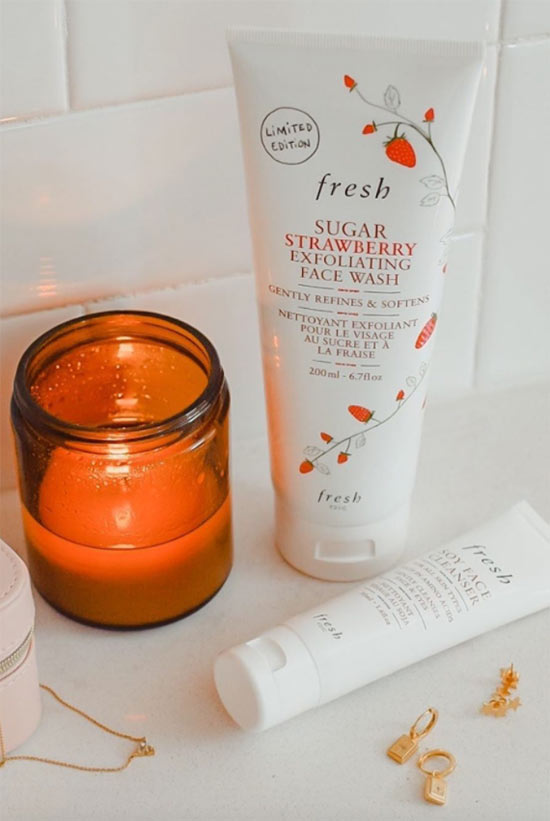
Balm Cleansers
Lastly, we have balm cleansers, which are nearly identical to oil cleansers when it comes to function. They are made out of a blend of oils and surfactants, which make them super effective cleansers for dry skin that also keep the skin moisturized.
The main difference is that balm cleansers, unlike oil cleansers, also include ingredients like beeswax or carnauba wax that make them more solid at room temperature. As a result, they can be a little more convenient in some instances, like during travel.
Mild Gel Cleansers
Gel cleansers are not as gentle or moisturizing as the other cleanser categories, but they can still be a safe choice for dry skin. Those with combination-dry skin may prefer them, and they can work well as second cleansers if you find that your oil or balm cleanser doesn’t rinse away as much as you’d like.
Gel cleansers remove impurities from the skin with the help of surfactants, which bind oil-based impurities to water and allow for thorough cleansing and makeup removal. When made for dry skin, these cleansers will also include hydrating and oil-like ingredients to help nourish the skin and to prevent surfactants from stripping the skin’s natural oils.
Ingredients to Look for
When looking through the ingredient list of your cleanser, these are some of the ingredients you’ll want to see if you have dry skin.
Emollients
Emollients are truly magical ingredients for dry skin. They mimic sebum to fill any gaps between the skin cells in the stratum corneum (the outermost layer of skin), which helps smooth and strengthen the skin.
There are a ton of different emollients that can be used in skincare, from natural plant oils, butters, and beeswax, to synthesized fatty acids like ethylhexyl palmitate or stearic acid. Plant oils and butters are especially nice because they also contain soothing and anti-aging compounds, but synthesized emollients often have nicer textures and are gentler on the skin.
Some of them can also have occlusive effects, which means that they lock moisture into the skin, but that’s usually not a useful quality in a cleanser since it gets rinsed away at the end.
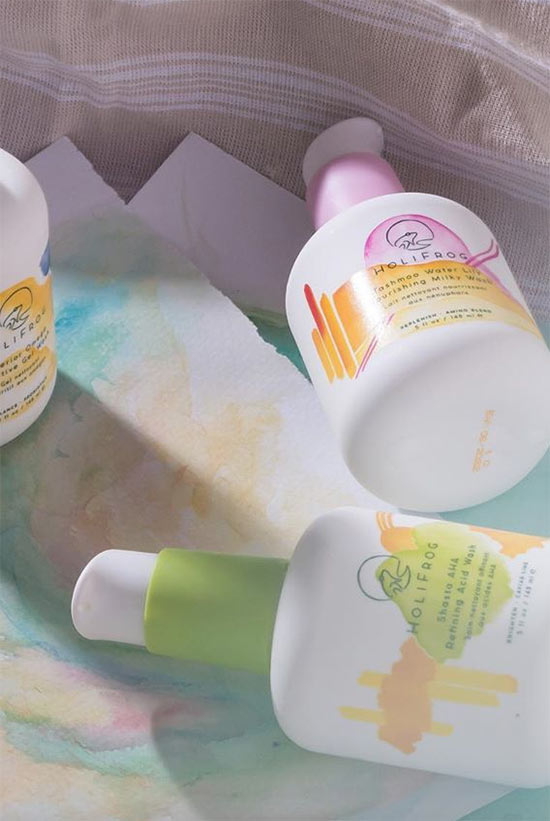
Humectants
After emollients, humectants are also a useful addition to a face wash for dry skin. These types of ingredients, which we often refer to as “moisture-binders,” are able to pull water into the skin from the atmosphere or from the products they’re in.
They’re integral for combating dehydration, and they help keep gel-based cleansers from stripping the skin. The most common humectants used in cleansers are glycerin, hyaluronic acid, butylene glycol, betaine, panthenol, and xylitol.
Bonus: Active Ingredients
So, in general, active ingredients are not particularly useful in cleansers. Antioxidants, anti-inflammatories, collagen boosters… they all get flushed down the drain once you finish cleansing. With that said, there is nothing wrong with having them in a cleanser, as long as the rest of your routine also addresses your various concerns.
Those with dry skin are often more likely to experience sensitivity or to deal with the early signs of aging, so soothing agents like allantoin or green tea extract and antioxidants like vitamin E or niacinamide can be a nice addition.
Stay Away from
There are a few sure signs that a cleanser won’t work for dry skin, so here’s an outline of each one and how to recognize it.
Foaming Cleansers
While there are a few exceptions on our list, in general, cleansers that get foamy once mixed with water are a poor choice for dry skin. That foam comes from various surfactants in the cleanser, and the most drying surfactants will usually generate the most foam. A bit of a lather is usually okay, but a cleanser that suds up like your dish soap is going to be way too harsh for your skin.

Sulfates
You have to actually test a cleanser or see a video of it in action to know if it’ll foam up a lot, but one hint that it might be problematic is its ingredient list. These days, we’re not totally anti-sulfates, but they’re certainly not a great ingredient category for those with dry skin.
Sodium lauryl sulfate (SLS) and sodium laureth sulfate (SLES) used to be the most common sulfates used in face washes, but because of their drying effects, they’re not used as frequently anymore. If you see a cleanser with either SLS or SLES as one of the first three ingredients, we’d recommend avoiding it. If one of them shows up further down the ingredient list, then it’s probably not enough to cause problems.
High pH
The pH of your cleanser is very important, no matter your skin type. The skin’s optimal pH hovers between 4.5-5.5, which should also be the pH range for your cleanser. When used too many days in a row, a cleanser with a high pH will end up throwing off the skin’s own pH, causing it to get a little higher, at which point it’ll be more prone to infection and irritation. This can be problematic for everyone, but those with dry skin need to be even more careful since they’re more prone to sensitivity and dehydration.
Thankfully, nowadays, a lot of brands make sure to mention when their cleansers have a low PH, so finding a good fit is pretty easy. If you’re not sure, you can usually google the name of the cleanser “+pH level” to find out how it measures.
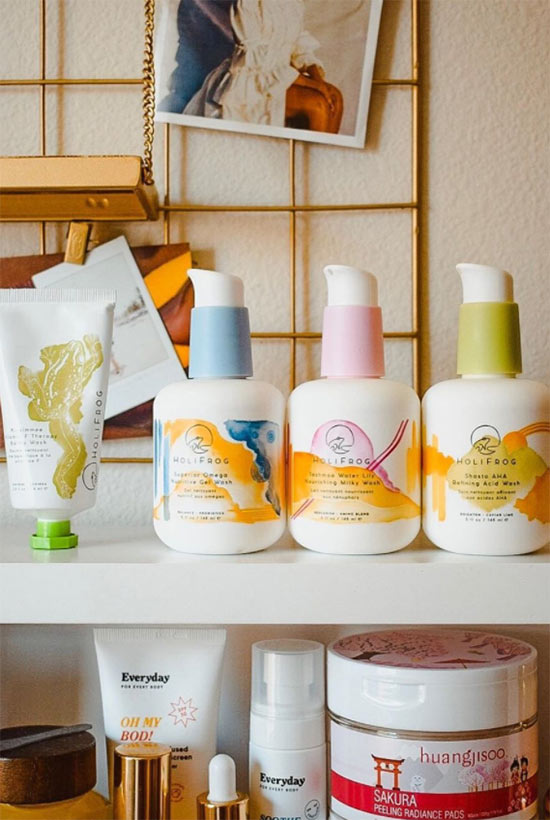
How Often Should You Wash Dry Skin?
If your cleanser is gentle and moisturizing, it won’t be harmful to cleanse both in the morning and at night, but cleansing twice a day with a foaming cleanser could wreak havoc on your dry skin.
Our general recommendation is to only wash the face with your evening skincare routine, no matter your skin type, but this advice is particularly useful for dry skin. Chances are your skin is still mostly clean when you wake up in the morning, and you don’t even have to remove an abundance of sebum like your oily-skinned friends.

Photos via Sephora, Nordstrom, Instagram

